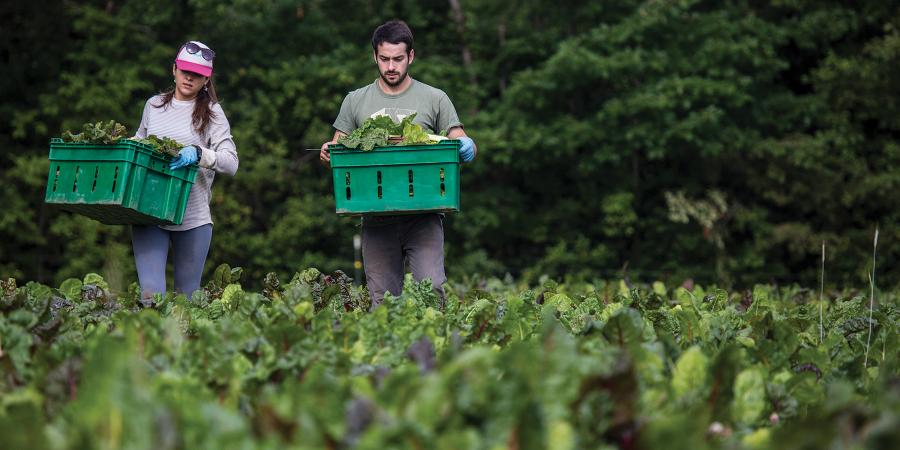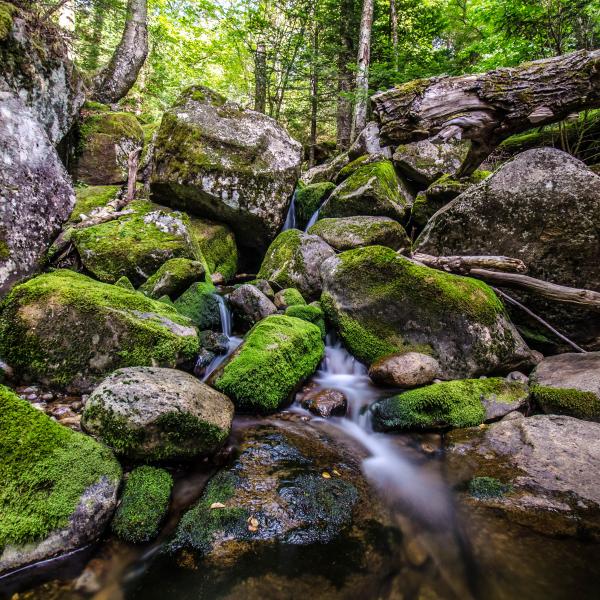Minimizing Pesticides and Fertilizers
Pesticides and fertilizers don't stay where they are put. All too often, they wash into drains or directly into streams and lakes during rainstorms and can harm water quality. Insecticides, herbicides, and rodenticides are designed to kill a specific group of pests but can harm, and even kill, non-target plants and animals, including pets. They can become concentrated in the food chain too, reducing food availability for butterflies, birds, and other wildlife. Pesticides are linked to the collapse of bee populations by killing bees directly and by damaging their ability to collect food. Fertilizers add excess nutrients, such as phosphorus, to surface waters that can lead to potential algal blooms or harm fish and invertebrates.
If you have pest or weed problems, first try using mechanical or natural alternatives to pesticides. If you must use chemicals, read the label, apply the recommended amount, and avoid using before a rainstorm or near streams, lakes, or ponds. Whenever possible, avoid the use of fertilizers and insecticides on your lawn. Mow higher to encourage water retention and healthy roots. Landscape with native plants that do not need fertilizer to thrive.
Combating Invasive Species
An invasive plant is a non-native plant that grows out of control, out-competing our native plants for nutrients, sunlight, and space. Invasives cause harm to the environment, the economy, and some can even be dangerous to our health. On the Ausable River, eroded banks are susceptible to the migration of invasives whose seeds can be carried downstream. Most invasives establish quickly, outcompeting other plants, but do not lay down the root systems that keep stream banks stable.
Invasive species can spread quickly due to human activities. Ensure that plantings at your home are not considered invasive. Don’t allow invasive hitchhikers on your watercraft, gear, or clothing. Avoid transporting invasives by buying camp firewood at your destination, cleaning and draining your boat before transporting, and cleaning and drying fishing gear, especially waders and boots. Plant native plants when landscaping. Not only are they beautiful, but they will require less care or maintenance as they are adapted to our Adirondack environment.
Top Image Credit: Shaun Ondack



